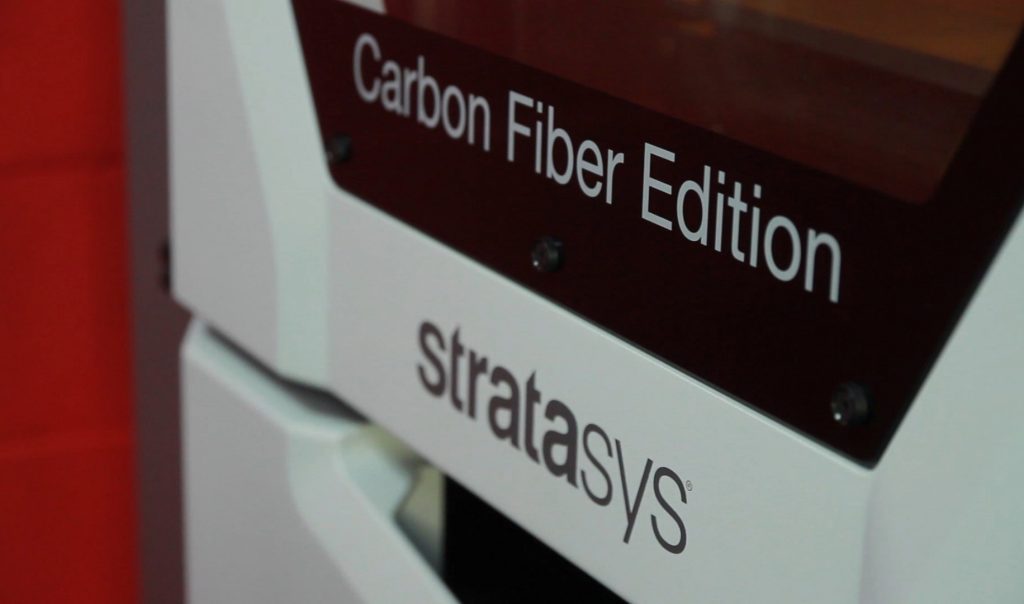In 2018, the U.S. Bureau of Industry and Security (BIS) announced that it was seeking to extend its export controls across a class of deemed “emerging technologies.”
Encompassing 3D printing, additive manufacturing, and other technology including AI, robotics and machine learning, the extended control will not only have ramifications for U.S. relationships with other nations, particularly China, but there are concerns that it would deeply affect the development of these technologies across the nation, impacting the millions of dollars invested in their R&D each year.
Before implementing these changes to export however, the BIS requested comment from industry. Now the deadline has passed, the bureau has received over 200 documents outlining stakeholder views on the changes, the majority of which appear to express fundamental concern about the proposal, and those seeking a much clearer definition of the supposed “emerging technologies.”
3D Printing Industry reviewed the submissions, and we observe strong statements opposing the proposal from the likes of Airbus, Boeing, Stratasys and Carbon.

Regulating products rather than the process
As leading proponents of 3D printing and additive manufacturing, both with a substantial presence in the U.S., it is unsurprising that Airbus and Boeing have each detailed their concerns, suggestions and the potential impact the proposed change would have on their businesses. Both are active within the defense sector, and well positioned to comment on the BIS’ assertion that emerging technologies present a threat to national security, although it is also worth considering bias.
Specifically relating to 3D printing, Arthur Shulman, Director of Global Trade Controls at Boeing, writes, “Designing for additive manufacturing can provide greater performance. The technology is widely used and shared, as evidenced by worldwide conferences on this topic.”
“The technology itself does not present national security concerns.”
“While AM could be used to produce militarily critical parts, the export of the military parts technology required for production is already subject to U.S. export controls.”
Suggesting more specifics for the BIS’s rule-making Corinne Kaplan, Vice-President of Trade Compliance at Airbus Defense and Space, Inc., states, “[…] 3D printing controls should be driven by the characteristics and end-use of the final product manufactured, not just the underlying manufacturing process.”
“In other words, 3D printed parts and components for commercial aircraft or medical devices should not be controlled in the same way as 3D printed weapons.”
“The same considerations should be applied for most of the Technology listed in the proposed rule […]”

Call for clarification
Founded and headquartered in Eden Prairie, Minnesota, Stratasys is of course one of the first 3D printer OEMs that springs to mind when considering export of this technology. Writing on behalf of the company is Stratasys President of the Americas, Rich Garrity. “As a preliminary matter, Stratasys joins the other commenters in requesting that any decision making pursued through this process should be conducted with as much time and public input as permissible.”
“The potential scope and impact of this rule on U.S. competitiveness and national security could be wide-reaching.”
“Prudence would recommend taking as much time as permissible to better inform BIS and the other agencies on potential negative implications for U.S. national security and competitiveness.”
Going forward, Garrity also asserts, “At the outset as it relates to AM specifically, Stratasys recommends against the inclusion of this broad range of technologies in the scope of any new entries on the Commerce Control List (CCL).”
Though echoing Stratasys’ comment in some ways, fellow U.S. 3D printer OEM Carbon, headquartered in Redwood City, California, draws a line between polymer additive manufacturing and metal. Carbon CEO, Dr. Joe DeSimone writes, “As a leader in this technology sector, we support BIS’ objective to identify and regulate the transfer of emerging technologies that are not yet controlled on the Commerce Control List (CCL), and that should be controlled because they are “essential” to our national security.””
However, later, DeSimone states, “Carbon believes that Polymer-AM is not “one of the specific emerging technologies that are essential to the national security of the United States.””

“While some narrowly tailored subset of specific technologies, such as Metal-AM, or specific applications, such as aerospace, may be appropriate for consideration, controls to the general technology of additive manufacturing/3D printing would not produce a result that enhances our national competiveness while protecting our nation’s larger national security interests.”
This argument is consistent with comments about the intended end use of 3D printed products, and whether machines are intended for commercial and civil use, or military application.
A dissolution of R&D?
One of the chief concerns voices by company representatives is that further controls would in fact have the opposite effect on what the government is trying to achieve with these regulations. This is due in part to U.S. visa laws, that could prohibit foreign nationals from working on emerging technologies in the U.S.
From Airbus, Kaplan writes, “Capturing [emerging technologies] as “critical technologies” under the Foreign Investment Risk Review Modernization Act (FIRRMA) would limit Airbus’ ability to conduct this research in the U.S. and would instead require the company, and presumably other global corporations, to invest in and continue development of these technologies in other countries.”
“This would, of course, have the opposite effect of the intended protection and advancement of critical technology development within the U.S.”
Concluding the comment from Boeing, Shulman, states, “We hope that going forward, BIS will articulate technologies of concern with greater specificity so we can provide more narrowly tailored and practical feedback regarding potential controls.”
“Based on our initial, abbreviated review, we assess that most of the categories as listed in the ANPRM are not suitable for new controls.”
Overall, it is clear that if the BIS wishes to go ahead with its rule, much more rigorous clarification and delineation of the various 3D printing technologies is required. Great care should also be taken to avoid the adverse effects detailed by commentators.
The U.S. is currently working through a range of industrial goods trade negotiations. Most recently CECIMO, the association representing the interests of European machine tool and manufacturing technologies, spoke out in favor of the European Union’s efforts to keep additive manufacturing at the center of these talks.
The Docket Folder, containing the full comment on the BIS Review of Certain Technology Transfers from Airbus, Boeing, Stratasys, Carbon and many others is available to the public here.
For frequent updates on international legal and regulatory implications for 3D printing subscribe to our free newsletter, like us on Facebook and follow us on Twitter. Looking for a job in the industry? Visit our 3D Printing Jobs board.
Featured image shows seal of the United States Bureau of Industry and Security. Image property of the United States Government



